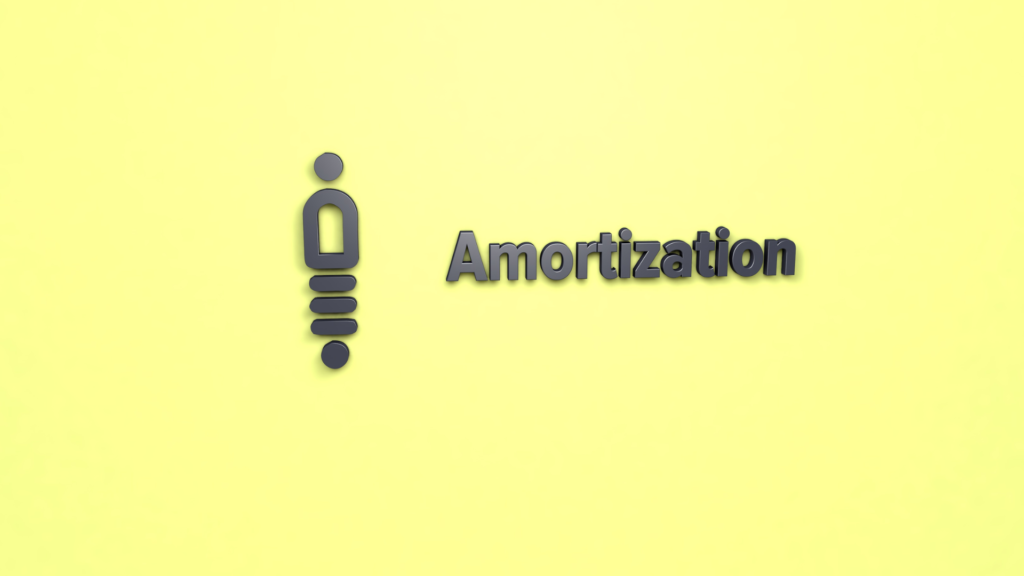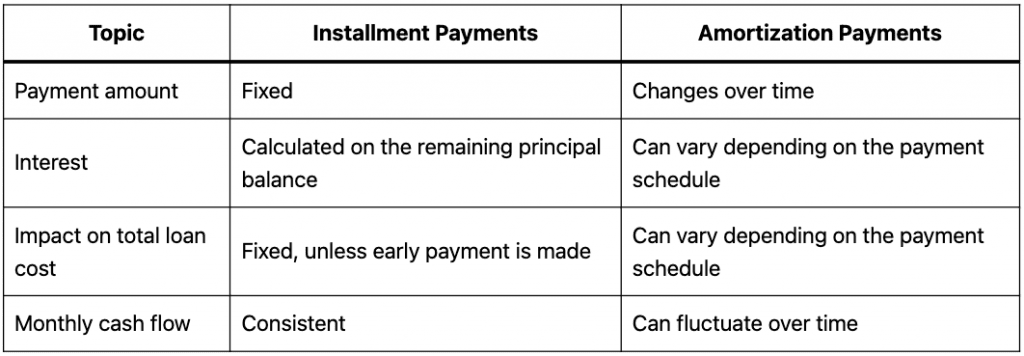
The plant was purchased several years ago for $10,000 and was being depreciated using the straight-line method. The amount of the amortization expense is determined by the governing body when the patent is approved and the company begins the amortization process. The deciding factor on whether a line item gets capitalized as an asset or immediately expensed as incurred is the useful life of the asset, which refers to the estimated timing of the asset’s benefits.
Understanding Patent-Related Expenses
To calculate the annual amortization expense for your patent, you need to divide the total cost to obtain the patent by the length of the amortization period. Let’s say that you paid $50,000 for the patent, and you’ve determined that the amortization period is 10 years, you would divide $50,000 by 10. The result would give you an annual amortization expense of $5,000 for your patent. Amortization schedules are not just about numbers; they embody the strategic foresight and financial acumen required to navigate the complex world of patent management. They empower inventors and businesses to make proactive, informed decisions that align with their long-term innovation goals.
Purchase and sale of intangible assets
This method is straightforward and provides consistency in financial reporting. However, in some cases, an accelerated amortization method might be more appropriate, especially if the patent’s economic benefits are expected to be realized more heavily in the earlier years. This internal revenue approach can better match the expense with the revenue generated by the patent, offering a more accurate reflection of the asset’s consumption. Valuation of a biotech company’s patent portfolio is complex but fundamental for financial reporting and investment decisions.

Strategies for Effective Patent Amortization
They also consider the amortization of patent costs over the life of the patent to match patent expenses with the revenues they protect. In doing so, companies aim to optimize their return on investment while maintaining a robust patent portfolio as a competitive asset. The regulatory approval process is another significant component of the patent lifecycle in the biotech industry. Food and Drug Administration (FDA) involves costs beyond patent filings, such as clinical trial expenses, licensing fees, and other regulatory submission fees. These costs, intricately tied to the patent, may influence the company’s strategy for managing its patent portfolio and should be factored into the overall amortization schedule of patent-related expenses.
- It involves the systematic reduction of the value of the patent on the balance sheet over its useful life.
- By expensing patent costs, these businesses can lower their taxable income, potentially qualifying for lower tax brackets or other tax incentives.
- The $21 billion difference will be listed on Microsoft’s balance sheet as goodwill.
- So to find an amortization expense, simply divide the asset’s value by its lifespan.
This method is particularly useful for patents that are integral to a company’s revenue stream. It requires detailed financial projections and a thorough understanding of the market dynamics that could affect these projections. Sensitivity analysis is often employed to account for uncertainties, providing a range of possible values rather than a single figure. On the other hand, expensing patent costs immediately impacts the income statement by reducing net income in the period the costs are incurred. This immediate recognition can lead to significant fluctuations in profitability, especially for companies heavily invested in innovation and intellectual property.
Successful Patent Amortization Examples
If the patent is related to more than one product, the sum of those cash flows can be used for any given time period. The amortization of the patent is recorded as a series of journal entries, which allocate the cost of the patent over its useful life. The entries are made periodically as the asset is being consumed and the value is being transferred to the income statement. This process of amortization is used to match the expense of the patent to the revenue generated from its use over its useful life.
Next, the amortization expense is added back on the cash flow statement in the cash from operations section, just like depreciation. In fact, the two non-cash add-backs are typically grouped together in one line item, termed “D&A”. Conceptually, the amortization of intangible assets is identical to the depreciation of fixed assets like PP&E, with the non-physical nature of intangible assets being the main distinction. Let’s consider an example to illustrate the utility of an amortization schedule. Imagine an inventor takes out a loan of $10,000 to cover the cost of patenting, with an interest rate of 5% annually, to be paid over 5 years.
Your business can be profitable without being cash flow-positive, and you can have positive cash flow without actually making a profit. Whenever you review any financial statement, you should consider it from a business perspective. Financial documents are designed to provide insight into the financial health and status of an organization. The successful filing and management of patents are vital elements in the biotechnology sector, allowing companies to protect their innovations and manage research and development (R&D) expenditures. IP can also be internally generated by a company’s own research and development (R&D) efforts.
Examples of such assets include plant and machinery, equipment, tools, buildings, vehicles, furniture, land, etc. The lifespan of a patent is a critical factor in the amortization process, as it dictates the period over which the costs of the patent can be spread out. Typically, patents have a life of 20 years from the date of filing, but this can vary depending on the type of patent and jurisdiction. The amortization of patent costs is not just a financial and accounting practice; it also reflects the diminishing value of the patent over time as it approaches the end of its enforceable life.
